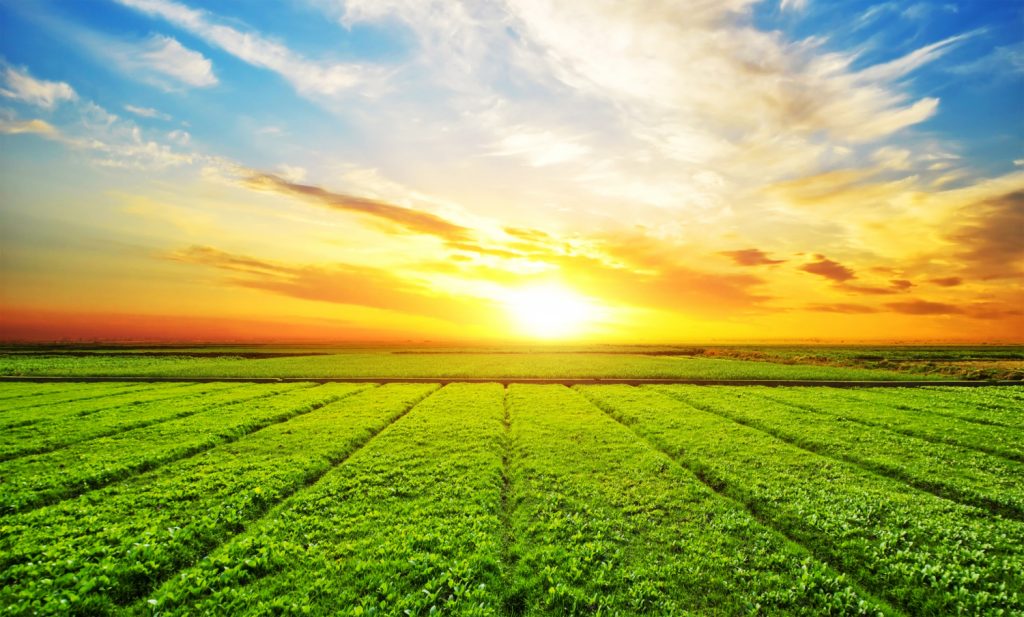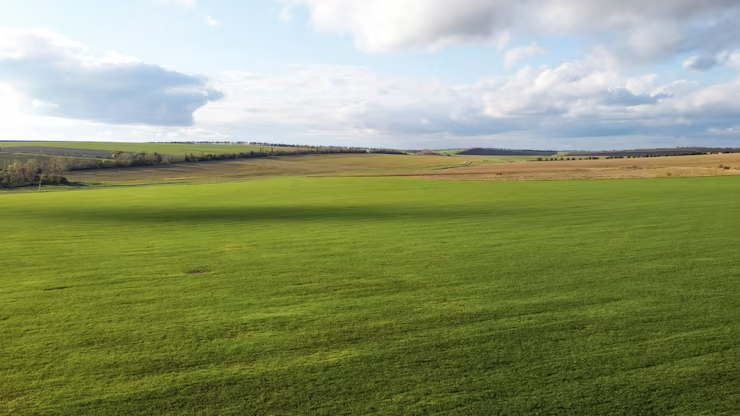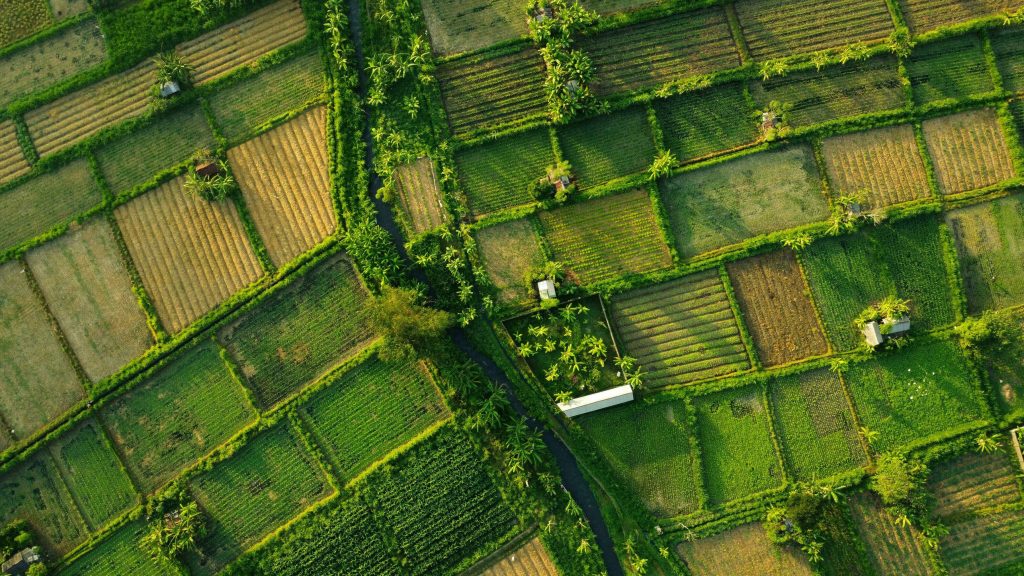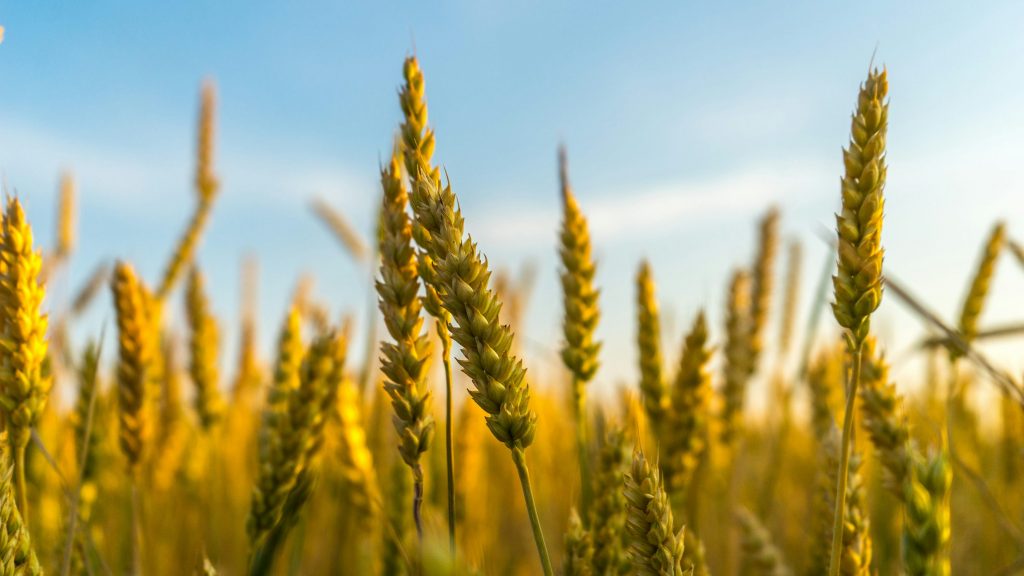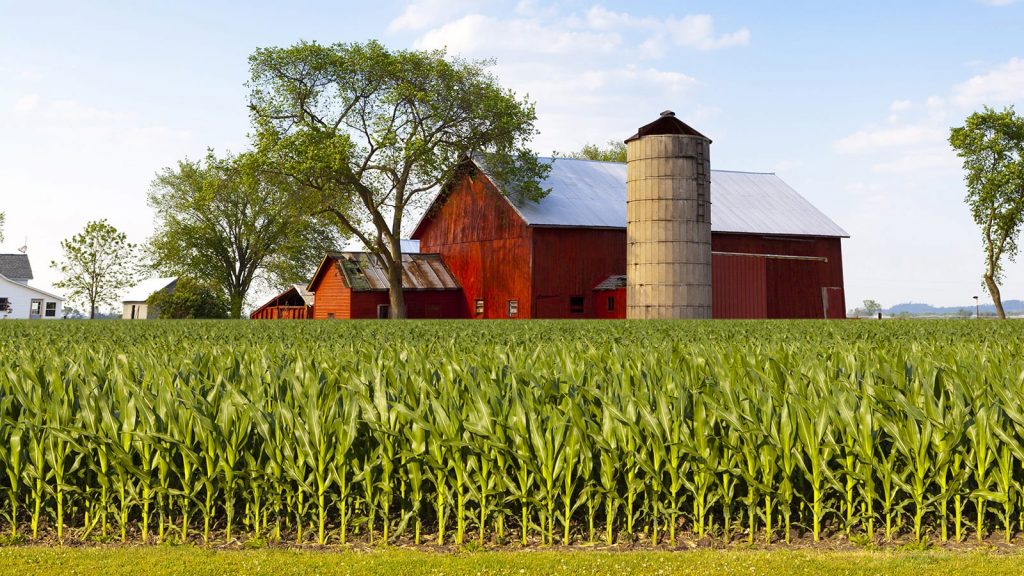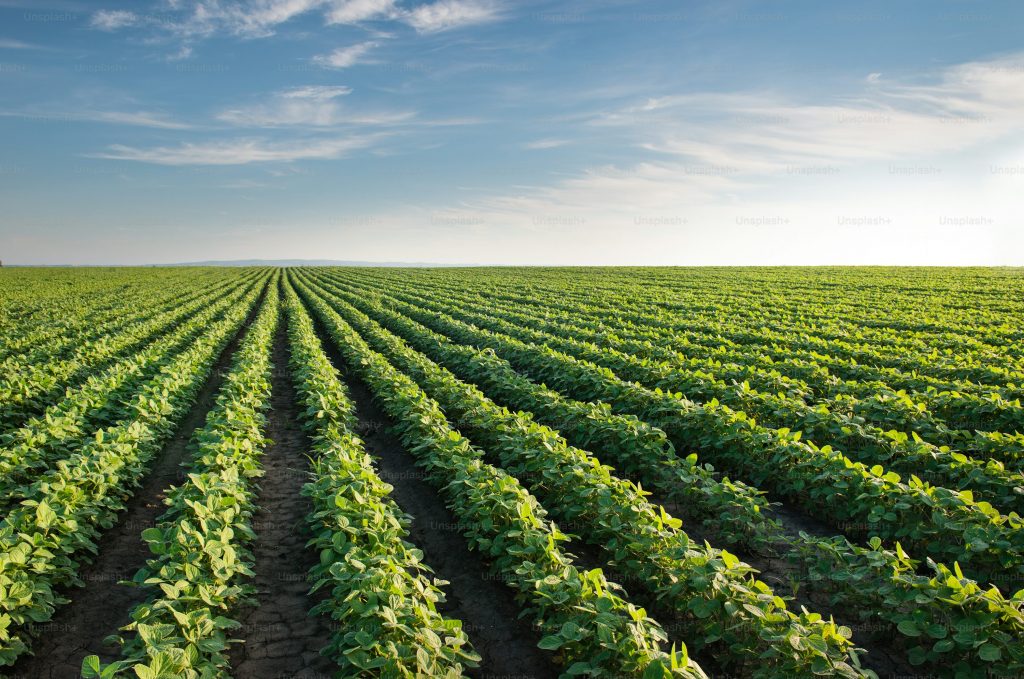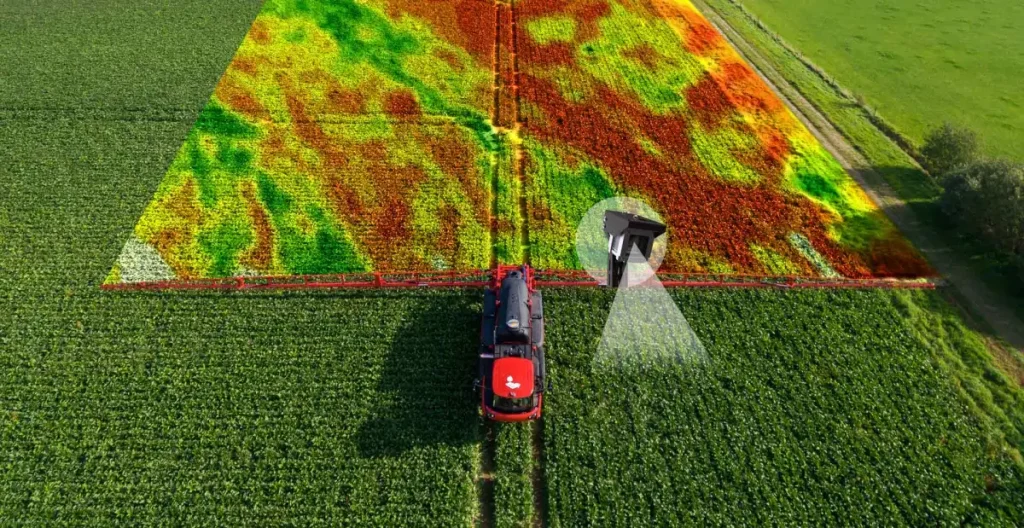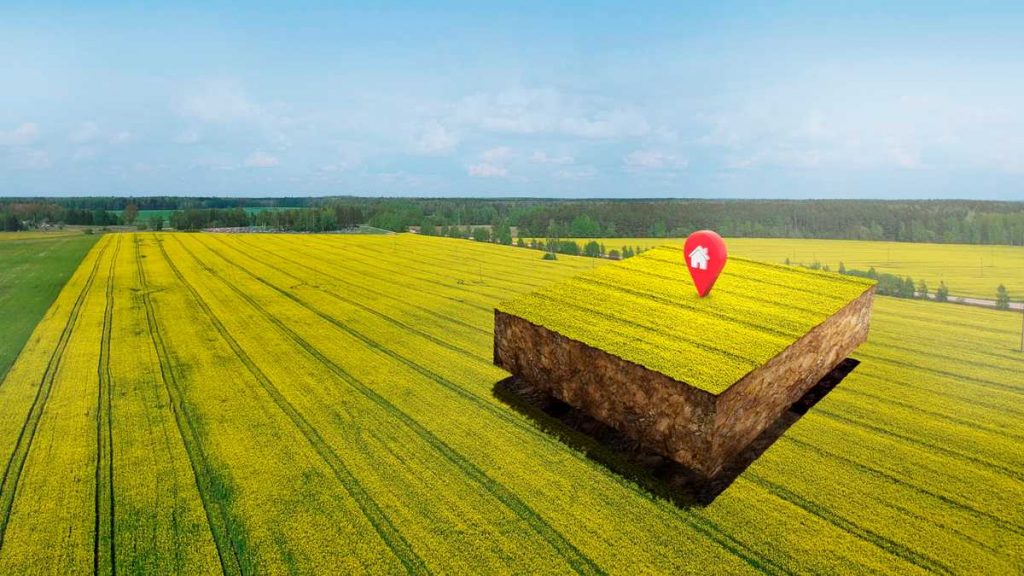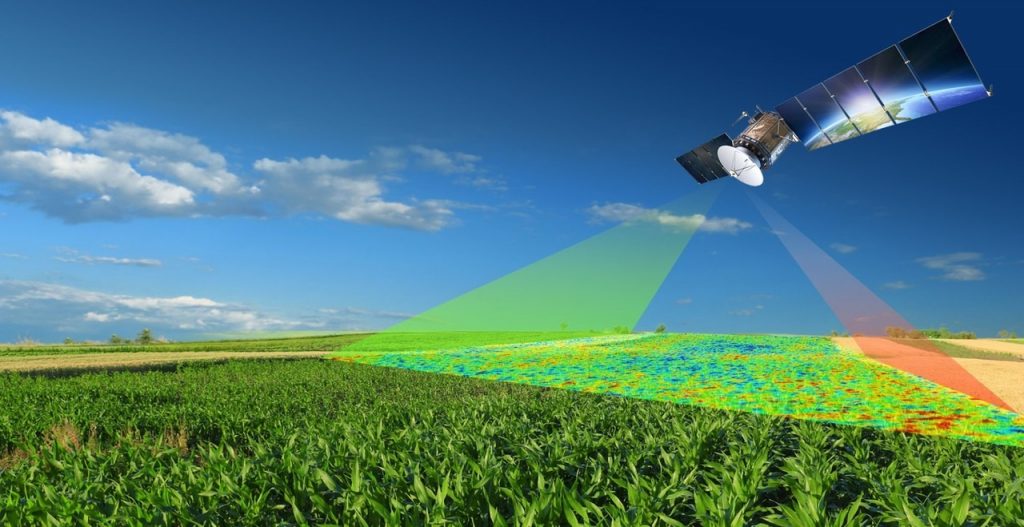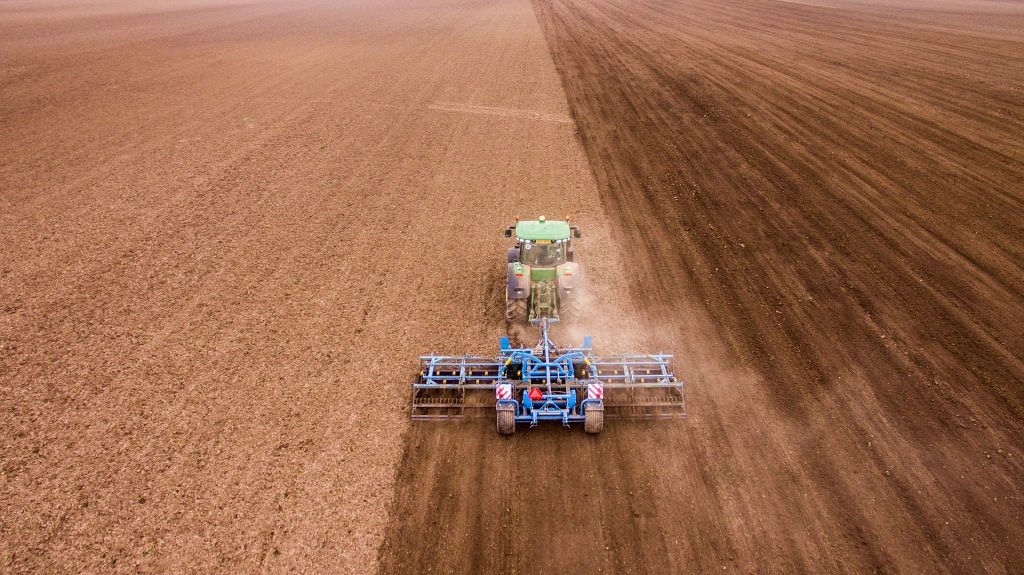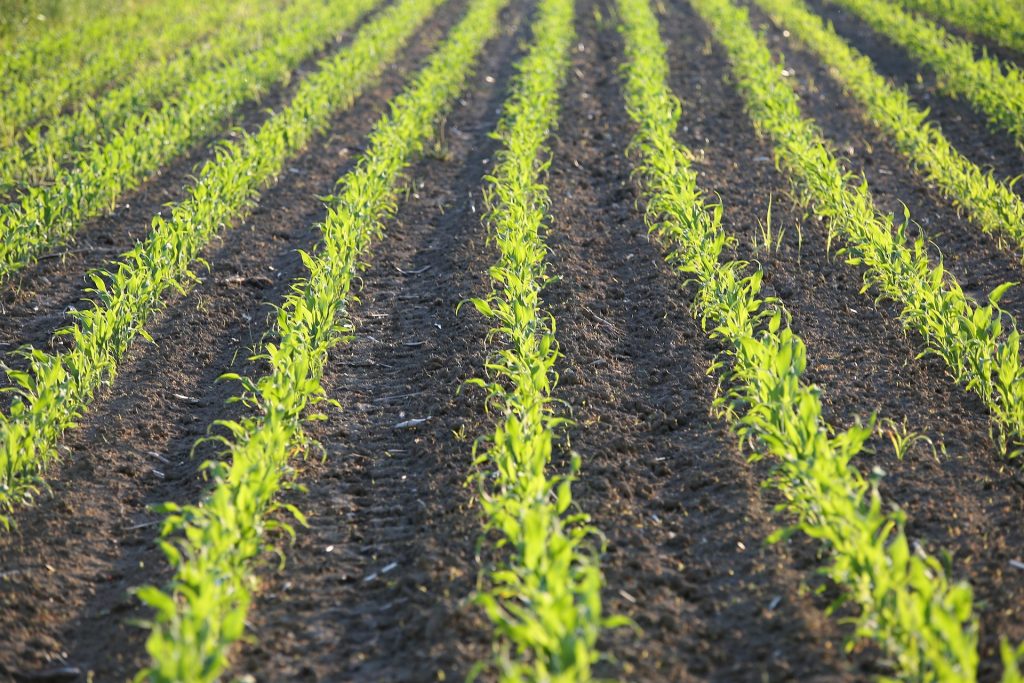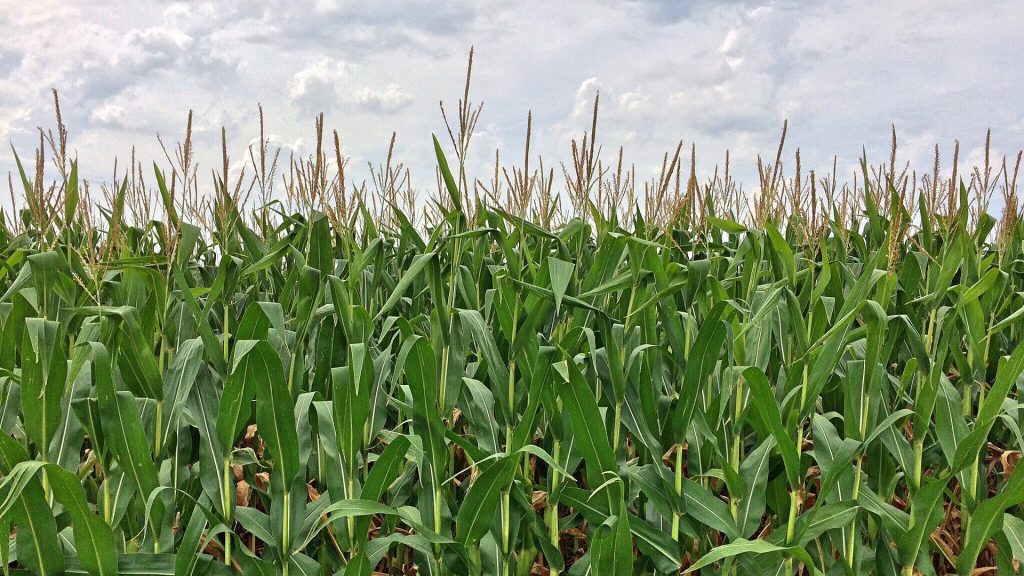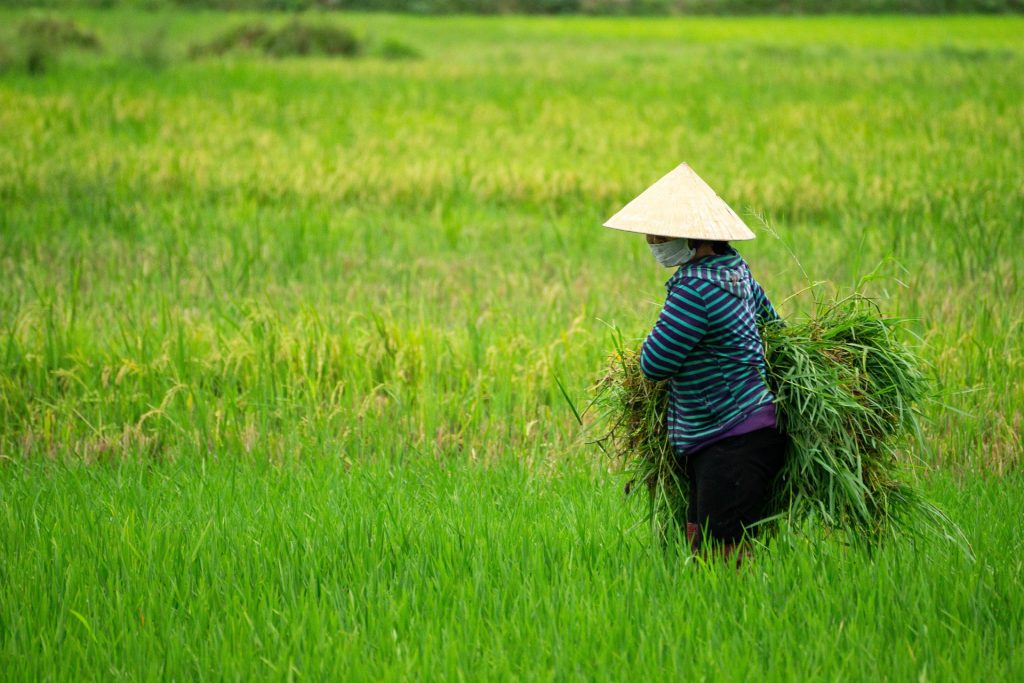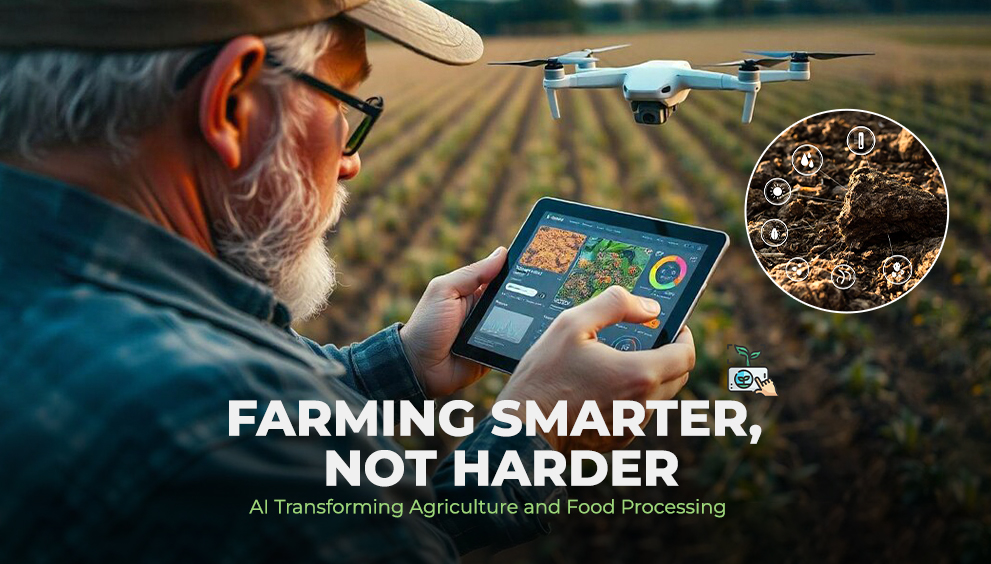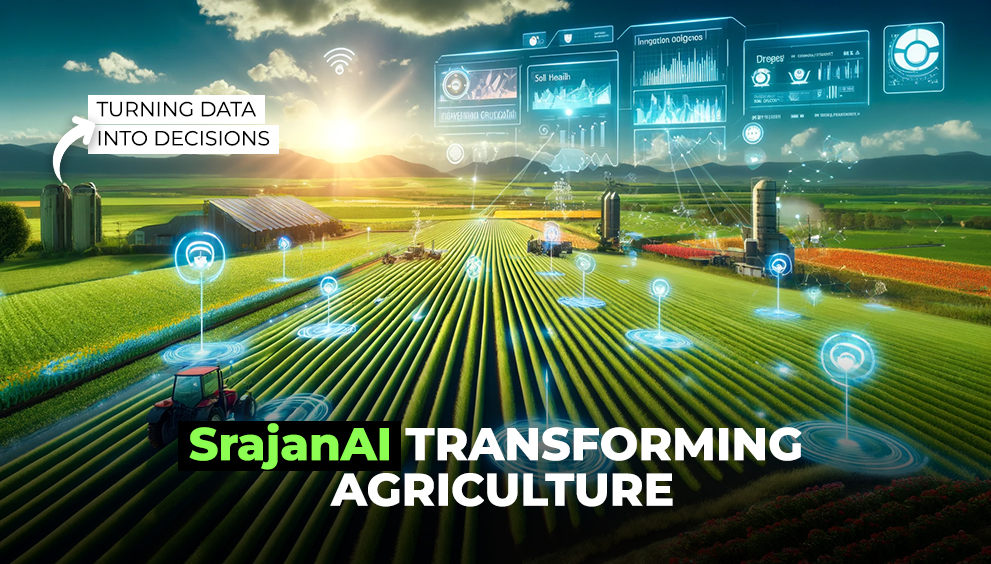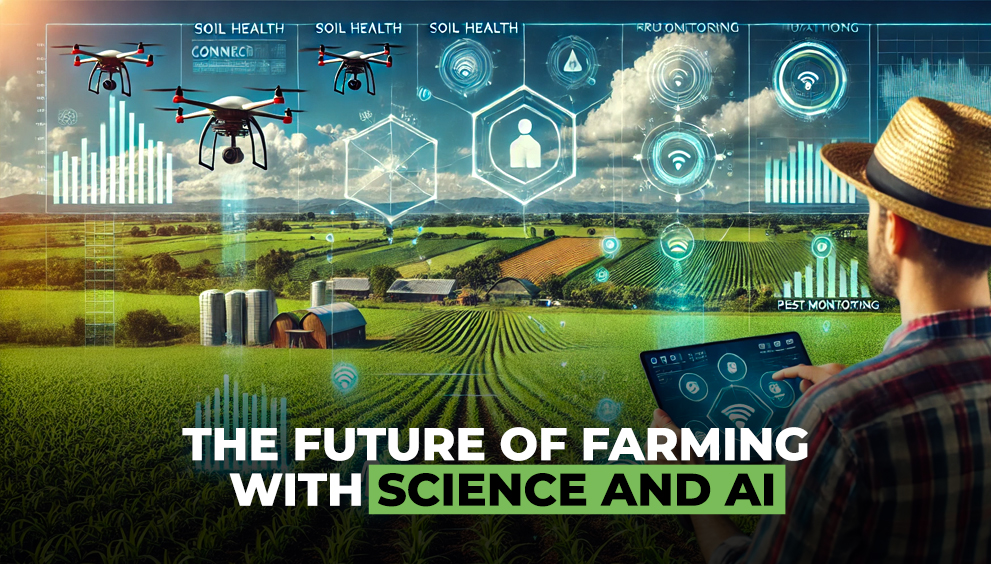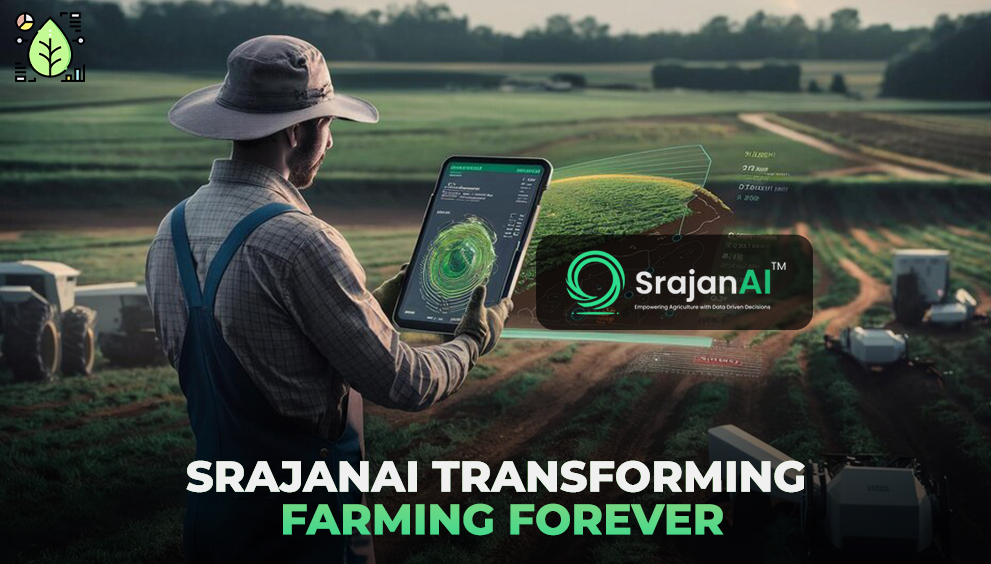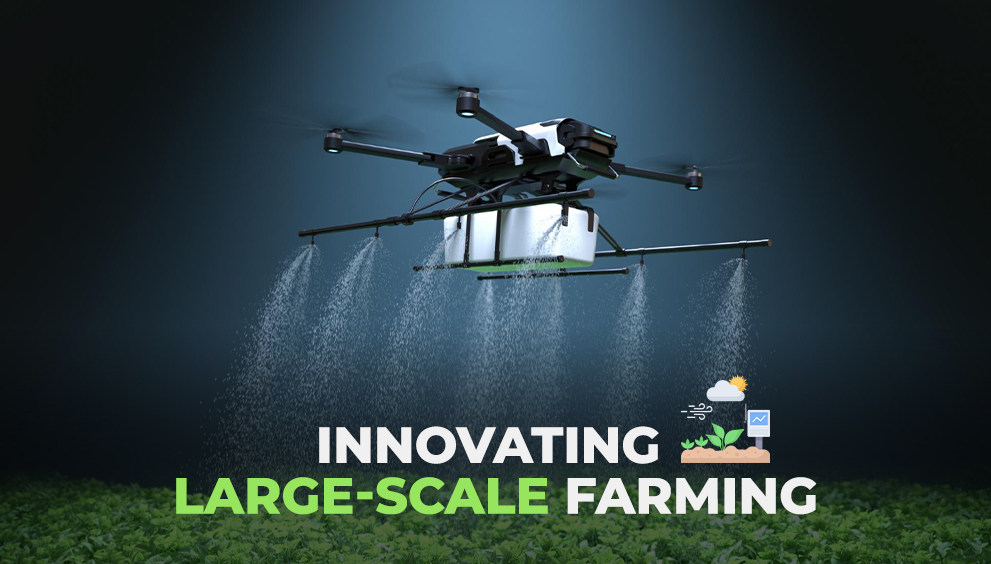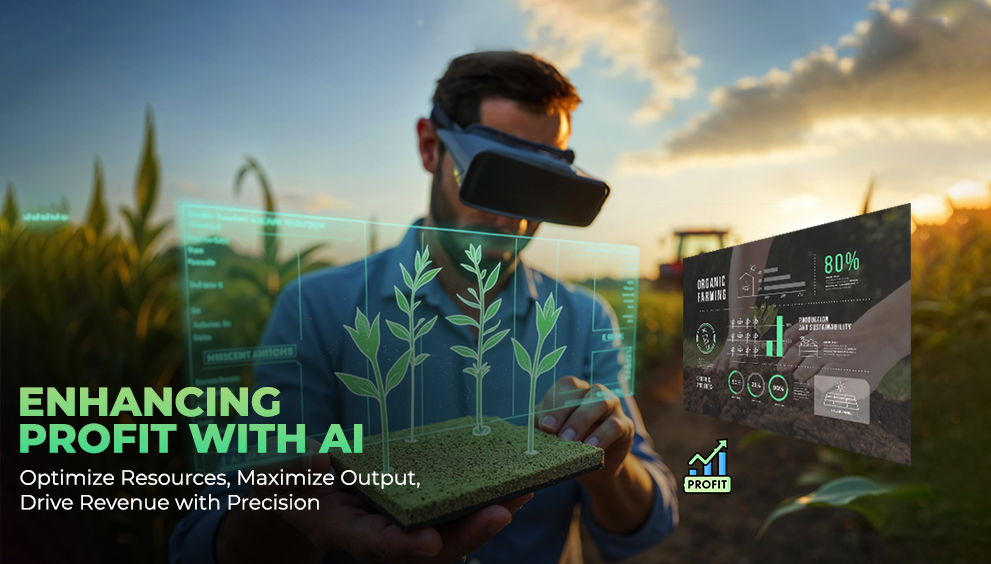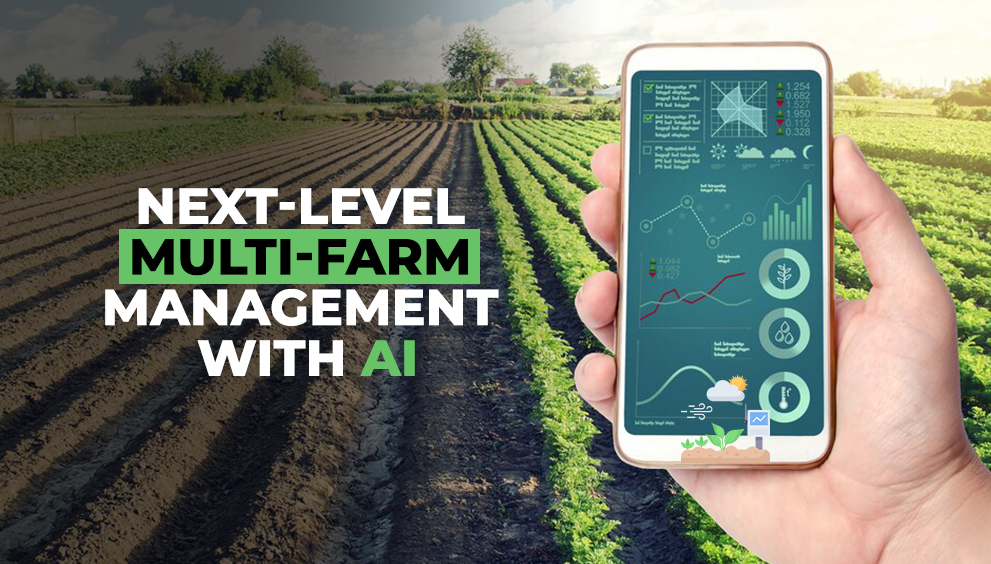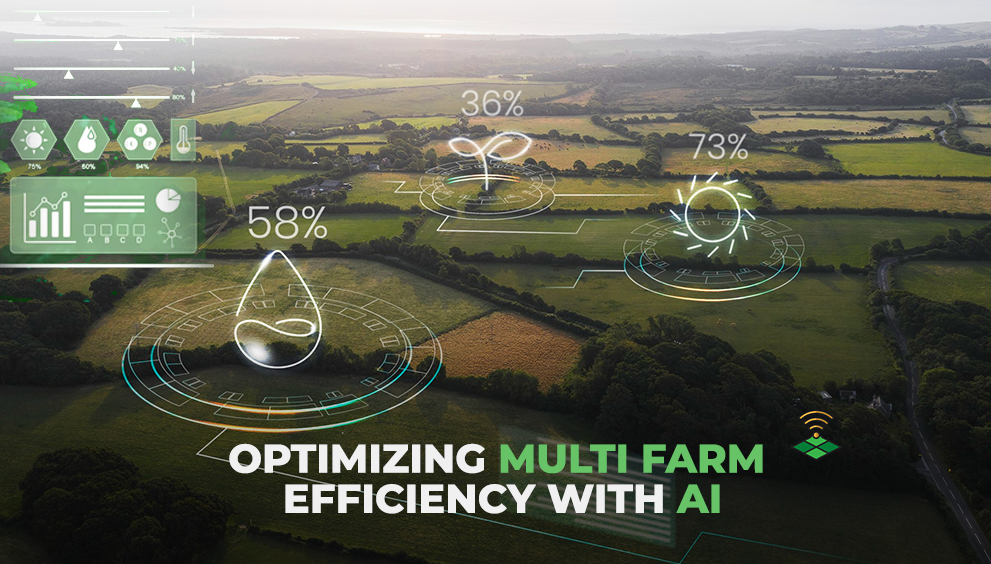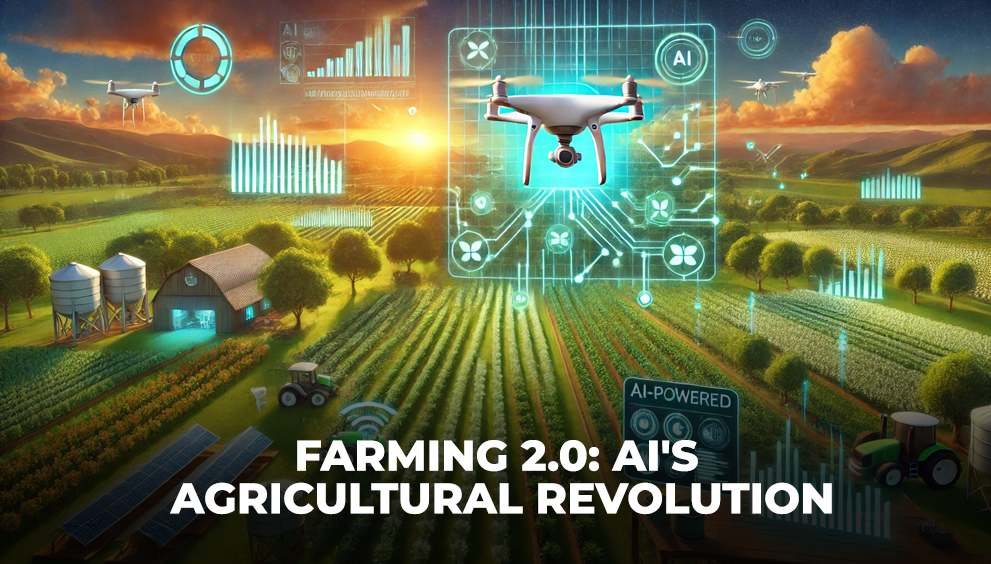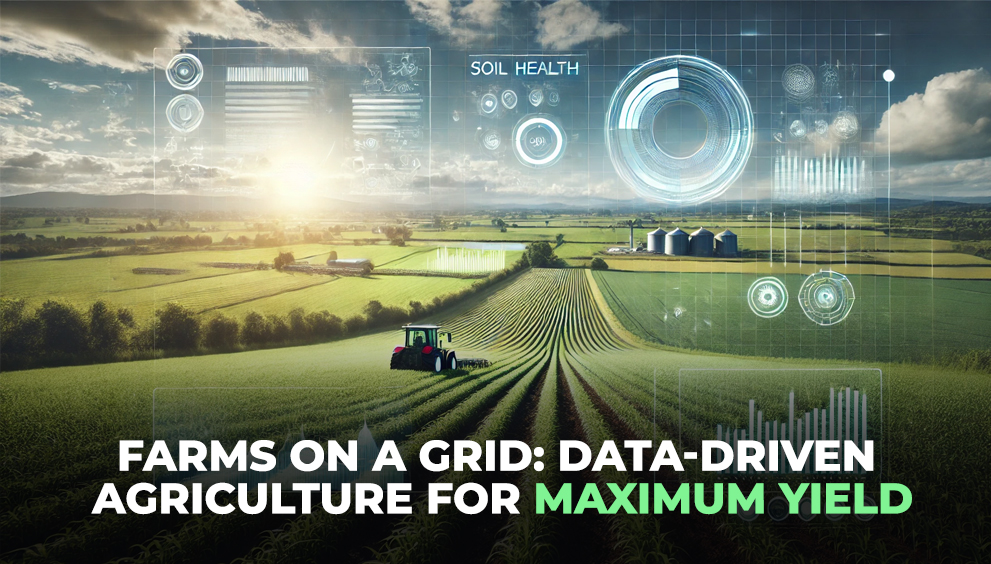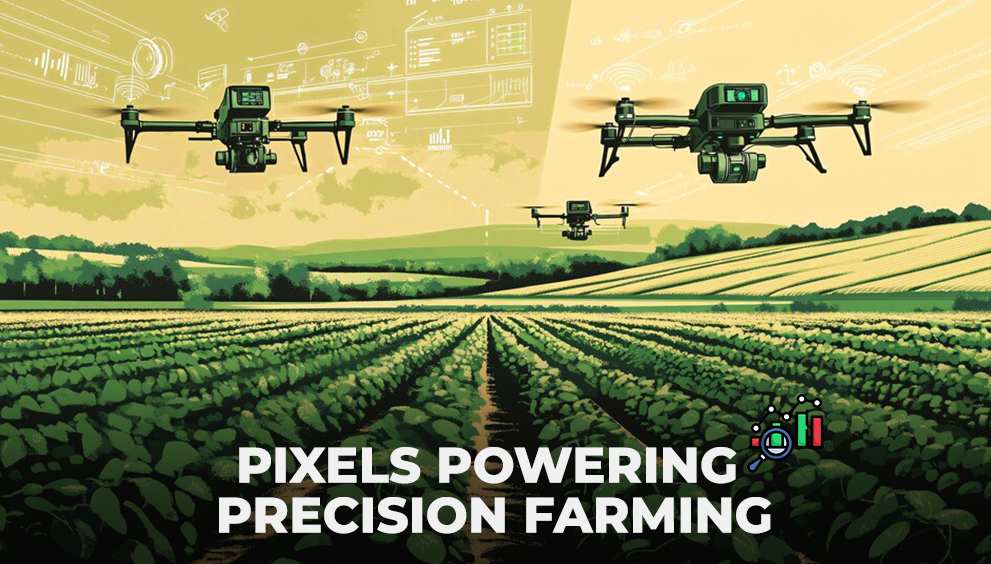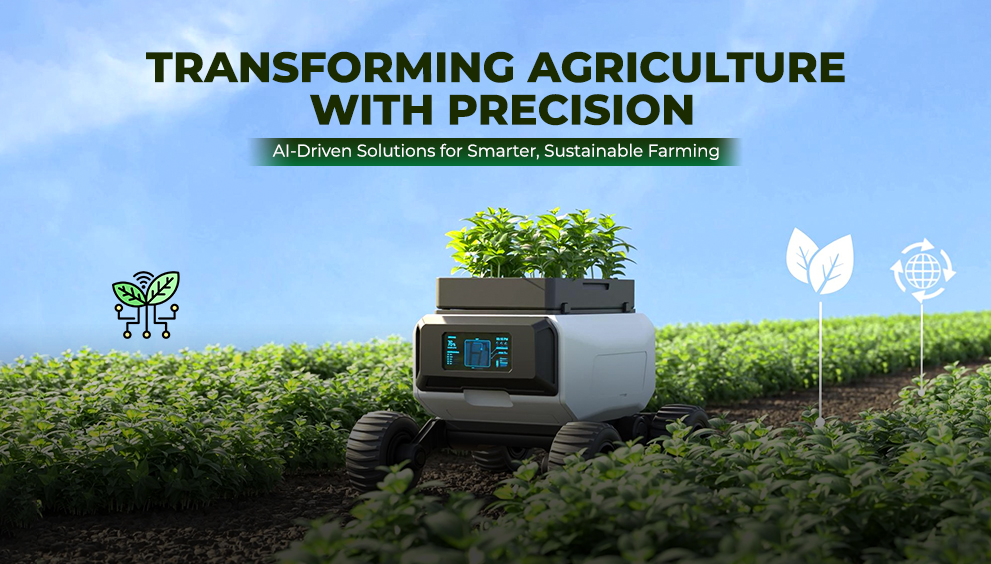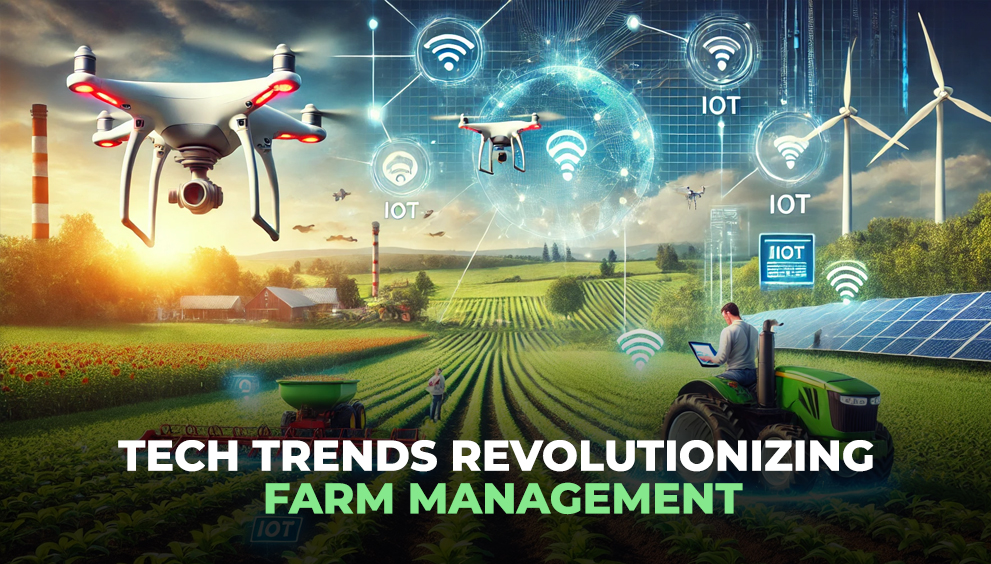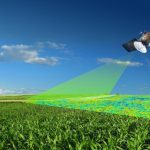Farm Monitoring Challenges and How to Solve them

Key Challenges in farm monitoring
In modern agriculture, farm monitoring is no longer a luxury — it’s a necessity. From understanding crop health and managing inputs to predicting yield and ensuring sustainability, farm monitoring plays a pivotal role in both profitability and resilience. But despite the availability of advanced tools and technologies, many agribusinesses and agriculture programs still face significant challenges in monitoring large and diverse farm operations.
This blog explores the key challenges in farm monitoring and how they can be effectively addressed using technology, geospatial tools, and smarter workflows.
🌾 Challenge 1: Geographical Scale and Fragmentation
The problem:
Agricultural operations — especially in countries like India — are spread over vast, fragmented landholdings. A single organization may manage or source from hundreds of farms across districts or states, each with its own conditions and constraints. Physical visits to each field are time-consuming, expensive, and often unfeasible.
The solution:
Implement remote sensing and satellite-based monitoring platforms that allow users to track multiple farms from a central dashboard. With tools like NDVI, NDRE, and farm health scores, teams can assess vegetation performance without being on-site, and even compare farm performance across geographies.
🚜 Challenge 2: Lack of Real-Time Visibility
The problem:
By the time field teams report an issue — such as pest damage or drought stress — it’s often too late to respond effectively. Traditional monitoring relies on periodic surveys or visual inspections, which delay detection and response.
The solution:
Use real-time monitoring systems that integrate satellite imagery, weather data, and IoT sensors to detect issues as they happen. For example:
- Health alerts based on sudden drops in NDVI
- Moisture stress detection through satellite thermal bands
- Automated dashboards that flag underperforming zones for quick intervention
Such systems reduce the time lag between problem and response, helping protect yields and reduce losses.
📊 Challenge 3: Data Overload Without Insights
The problem:
Many organizations collect data — from field photos and weather reports to soil tests and satellite layers — but struggle to turn it into actionable insights. Teams often work in silos, and data sits in scattered spreadsheets or unstructured formats.
The solution:
Adopt a centralized farm monitoring platform that aggregates and visualizes data in meaningful ways. Features like:
- Farm-level dashboards
- Custom reports
- Aggregated health scores across farms or districts
…make it easier for managers and field teams to act quickly and track impact over time. Instead of raw data, users get decision-ready visuals and trends.
🌦️ Challenge 4: Unpredictable Weather and Climate Risk
The problem:
Increasing climate variability — unpredictable rains, heatwaves, floods — makes on-ground monitoring even more complex. Crop conditions can change rapidly, and field visits may not capture the real extent of damage or stress.
The solution:
Integrate weather forecasting, seasonal analysis, and historical satellite data into the monitoring process. Platforms that offer time-series analysis can help identify early-stage stress signals and climate-related risks, enabling timely interventions. For development programs, this also supports climate impact assessment and adaptation planning.
🧑🌾 Challenge 5: Monitoring Smallholders or Contract Farms at Scale
The problem:
Organizations managing large numbers of smallholder or contract farms often face logistical difficulties in ensuring compliance, consistency, and quality. Monitoring each plot individually can be extremely resource-intensive.
The solution:
Use automated farm boundary detection and geotagged monitoring to remotely track performance across all enrolled farms. Farm health scores, when aggregated by zone, crop, or farmer, help prioritize where to send field support or take corrective actions. This makes large-scale program monitoring both efficient and scalable.
💡 Challenge 6: Limited Technical Skills in the Field
The problem:
Field staff or agronomists may not be trained in interpreting satellite data or GIS maps. As a result, even good monitoring tools may go underused or misused.
The solution:
Invest in intuitive, visual-first dashboards and provide simple training modules. Many modern platforms like SrajanAI offer:
- User-friendly mobile interfaces
- Color-coded maps and scorecards
- Shareable summaries for decision-makers
By reducing the technical barrier, these tools make advanced monitoring accessible to everyone — from ground teams to program heads.
🧭 Challenge 7: Lack of Standardization Across Farms
The problem:
Each farm may use different practices, planting dates, and record-keeping formats. This variability makes it hard to monitor progress uniformly or compare performance across farms.
The solution:
Use standardized monitoring frameworks, such as:
- Uniform crop health scoring systems
- Crop-stage-based analysis (e.g., health status during vegetative, flowering, harvest phases)
- Centralized templates for data entry and reporting
GIS-based platforms help apply consistent logic and comparisons across all farms, no matter how diverse.
🌿 Conclusion: Smarter Monitoring = Better Farming
As agriculture moves toward precision, sustainability, and scalability, smart farm monitoring is the foundation of success. While challenges like scale, variability, and complexity are real, they can be tackled with the right mix of technology, visualization, and workflows.
Platforms like SrajanAI make it possible to monitor hundreds of farms from one screen — with real-time alerts, health scores, and actionable insights built in. Whether you’re running a sourcing program, a sustainability initiative, or an agribusiness operation, overcoming these monitoring challenges helps reduce risk, improve outcomes, and drive better decisions at every level.

